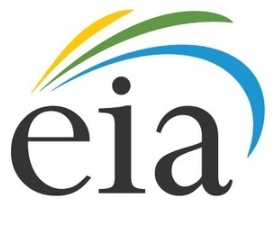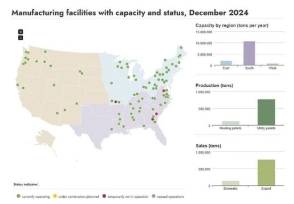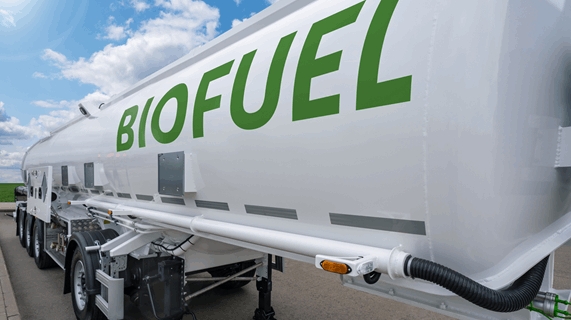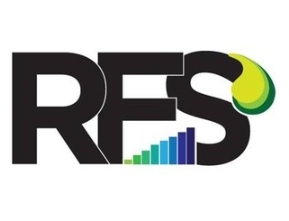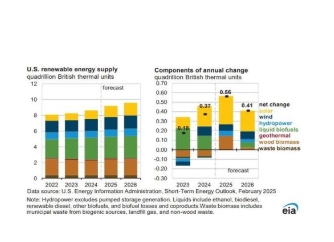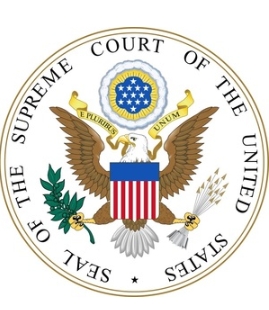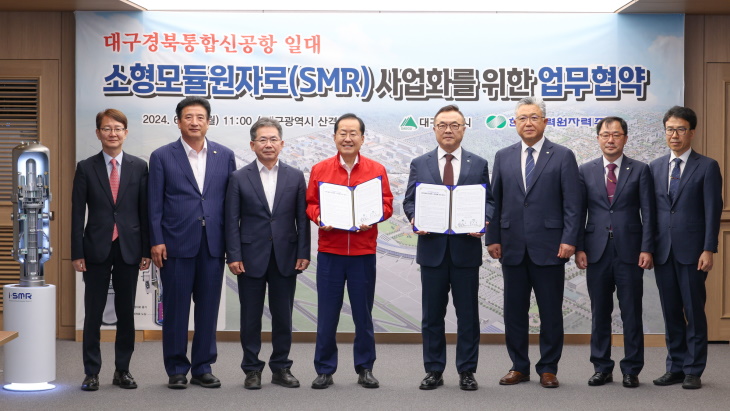
The MoU was signed on 17 June at Daegu City Hall by Daegu Mayor Hong Joon-pyo and KHNP CEO Whang Joo-ho. The MoU includes a feasibility study covering site suitability, economic viability, and enhancing resident acceptance, in a bid to build and commercialise a 680 MWe SMR power plant equivalent to the capacity of four 170 MW-per-unit modules.
Daegu City, in North Gyeongsang Province, said it plans to conduct a preliminary feasibility study with KHNP and private construction companies by 2026, obtain standard design approval from the government in 2028, and begin commercial development in 2033.
To this end, a newly-created SMR construction special purpose corporation (SPC) will purchase about 160,000 square metres of land out in the Gunwi Advanced Industrial Complex and proceed with construction. The total project cost of KRW4 trillion (USD2.9 billion) will be entirely financed by the SPC.
On 31 May, the Ministry of Trade, Industry and Energy (MOTIE) allocated 0.7 GWe for SMRs by 2035 through the 11th Basic Plan for Electricity Supply and Demand. It announced a specific scheme to introduce one unit consisting of four 170 MWe modules.
"This agreement is the first case since the introduction of the first SMR in the 11th basic power plan was announced in May, and this is the first time that a metropolitan government has directly started SMR construction," Daegu City noted.
The city said it has been discussing with MOTIE, the Korea Atomic Energy Research Institute and i-SMR Technology Development Agency for the past two years to build the first SMR in South Korea at the Gunwi New Airport Advanced Industrial Complex.
Daegu Metropolitan City said it plans to build an "SMR industrial ecosystem" by attracting power-intensive industries such as AI semiconductors and data centres to the new airport high-tech industrial complex, and will also prepare various support measures such as supplying district heating to parts of Daegu, increasing local income, resident welfare, and subsidising electricity rates.
The Korean-designed i-SMR is an integrated pressurised water reactor type nuclear power plant with an electrical output of 170 MWe. It is being developed according to a development roadmap, with the goal of completing the standard design by the end of 2025 and obtaining standard design approval in 2028. According to KHNP, it requires just one-third of the investment, and can be constructed in half the time compared with large reactors.
KHNP has already signed a memorandum of understanding with Nusantara Power - a power generation subsidiary of Indonesian Electric Power Corporation - on mutual cooperation for the introduction and construction of the i-SMR in Indonesia. Through this MoU, the two companies will cooperate in various fields, including: joint basic research on the economic feasibility and technology for deployment of the i-SMR in Indonesia; development of local specialised technology through R&D cooperation; and collaboration through human/technology exchanges in the nuclear field through the formation of a working group.
KHNP has also signed an MoU on mutual cooperation with the Jordan Atomic Energy Commission for the deployment of the i-SMR in Jordan. The two organisations agreed to cooperate in comprehensive technology and information exchange on the i-SMR and to jointly conduct a feasibility study. Jordan is currently considering the introduction of SMRs after 2030 in preparation of expected increased electricity demand.
